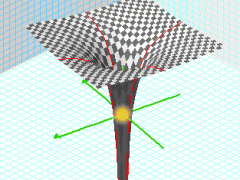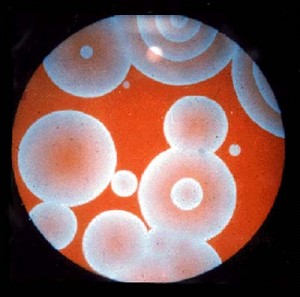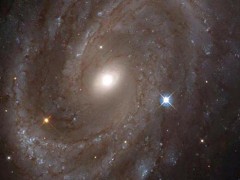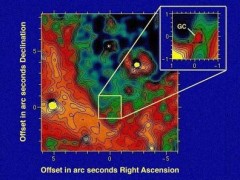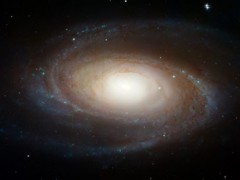Search Results for: Black holesHawking finally sees the light: Says black holes do not existPhysicist Stephen Hawking has now reversed his stand on black holes. He gives his reasons in a paper that he posted five days ago on the physics preprint internet archive at (https://arxiv.org/abs/1401.5761). He says that according to his new analysis "There would be no event horizons and no firewalls. The absence of event horizons mean that there are no black holes - in the sense of regimes from which light can't escape to infinity." He says that the concept of a black hole should be "redefined as a metastable bound state of the gravitational field" which has a chaotic interior. In other words, he now envisions that a supermassive Galactic core should be a collapsed region from which energy can escape through an "apparent horizon". An apparent horizon is described as a surface that traps light but which also varies its shape due to quantum fluctuations allowing the possibility for light to escape. Black Holes - Mother StarsIn the physics of subquantum kinetics the Galactic core is referred to as the Galaxy's mother star. According to subquantum kinetics, it does not exist in the form of a point singularity, but as a very dense supermassive star having a density similar to a neutron star or hyperon star. This conclusion is supported by the following observations and verifications: Frontier Physics: Subquantum KineticsStarburst conducts research on subquantum kinetics, a new microphysics methodology that has successfully solved many of the problems that presently confront physics and astronomy. Its approach was inspired from general system theory and from concepts that were originally developed to explain the formation of chemical wave patterns in certain nonlinear chemical reaction systems. Subquantum Kinetics PredictionsSuperwave Theory Predictions and their Subsequent Verification in the fields of astronomy and physics Galactic Cosmic Ray Volleys: A Coming Global DisasterGalactic core outbursts are the most energetic phenomenon taking place in the universe. During the early 60's astronomers began to realize that the massive object that forms the core of a spiral or giant elliptical galaxy periodically becomes active spewing out a fierce barrage of cosmic rays with a total energy output equal to hundreds of thousands of supernova explosions SQK CosmologyLike other astrophysicists, Paul LaViolette once took the big bang theory on faith to be an accepted established fact. However, in 1978 he came to a juncture in which he had to know for sure whether the expanding universe hypothesis was really correct, or not. During the previous five years, he had been developing a unified field theory called subquantum kinetics whose aim was to explain the formation of material subatomic particles and by 1978 he had made an advance in this theory which indicated that for the theory to be correct photons would necessarily have to lose energy as they traveled through space, with this lost energy actually disappearing in a real sense from being present in the observable material universe. |
NavigationDonations |

